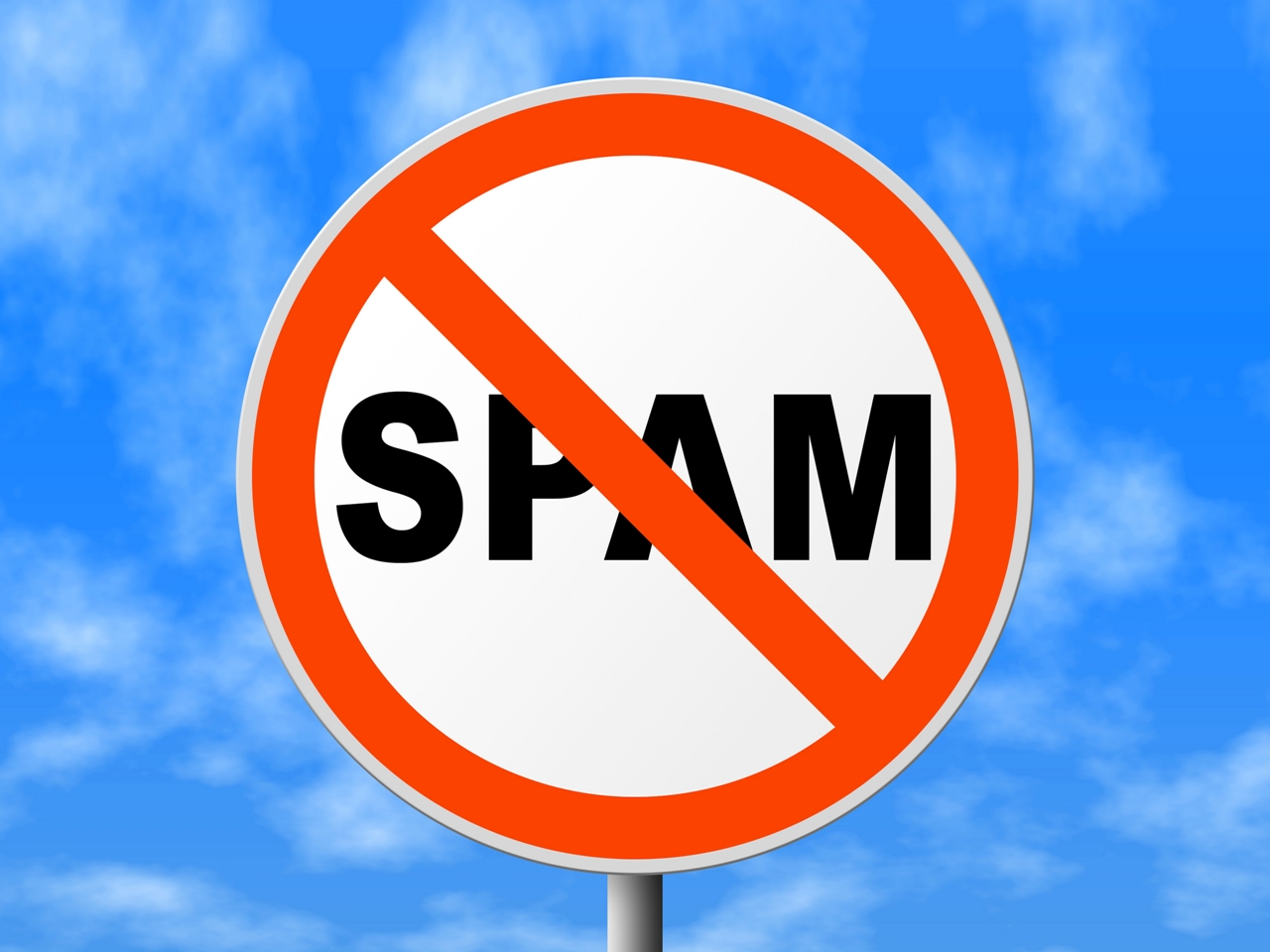 As an email marketer you are responsible for providing an easy unsubscribe processes, as opt-out is obligatory in email marketing – worldwide – so let’s focus on this in the following article. In addition, you must certainly be aware of any local laws that may affect your ability to send email, be it opt-in or even double opt-in, to make sure you are legally compliant.
As an email marketer you are responsible for providing an easy unsubscribe processes, as opt-out is obligatory in email marketing – worldwide – so let’s focus on this in the following article. In addition, you must certainly be aware of any local laws that may affect your ability to send email, be it opt-in or even double opt-in, to make sure you are legally compliant.
Key considerations
In fact, it is globally agreed that unsubscribe mechanisms must have a link or “reply-to” unsubscribe process in each and every email sent and these unsubscribe processes must remain functional for at least 60 days following an email campaign. If choosing a link to unsubscribe, this link must either immediately unsubscribe the user on click or, alternatively, lead only to a single page that contains a simple one-page one-click unsubscribe form. In a nutshell: The unsubscribe form must consist of a simplified one-step form.
Besides this, it has to be insured that the form isn’t using persuasive language to entice the person to remain subscribed; the form must not contain any advertising, it must not cost money to unsubscribe; the unsubscribe process cannot lead to additional forms, pages or links or utilize any additional processes to unsubscribe; and the unsubscribe process may not be hidden behind any login and/or password process.
Summarily, cconsent for email marketing must always be unsolicited, which means that the receivers must have the opportunity at any time to withdraw their consent whenever they want. Therefore, each and every individual newsletter must have a clearly identifiable unsubscribe function (opt-out).
The opt -in option should be clearly pointed out to the receiver in the beginning, as well as the fact that it is possible to unsubscribe from receiving the newsletter anytime without experiencing any disadvantages.
Unsubscribe process - simple and unambiguous
Complicated log-off processes that require, for instance, an additional password are legally dubious and should be avoided.
If the recipient has subscribed to several newsletters, it should be clearly communicated from which offer he just unsubscribed by mentioning or listing the concrete newsletter. According to the scope of the delivered consent, it is recommended to list the potential opt-out options on a separate landing page. Thus, the receiver has the ability to unsubscribe only from parts of the newsletter offer or can prevent further collection of personal data, but continue to receive the newsletter.
However, bear in mind that a receiver logs off from a brand or a sender. Regardless of apparent different and independent consent, recipients usually don’t want to receive any further information from the sender. When in doubt, a list of all the current consents should be displayed for selective de-selection.
Unsubscribe functions for service and transaction mailings is not mandatory
For service and transactional emails it is not required to include an opt-out function. But if the email essentially isn’t needed or a court interprets such an email as indirect advertising or sales promotion, it is recommended to integrate, just in cases of doubt, an opt-out possibility. Ultimately, it is up to you to make sure your campaigns remain compliant.
By Daniela La Marca


